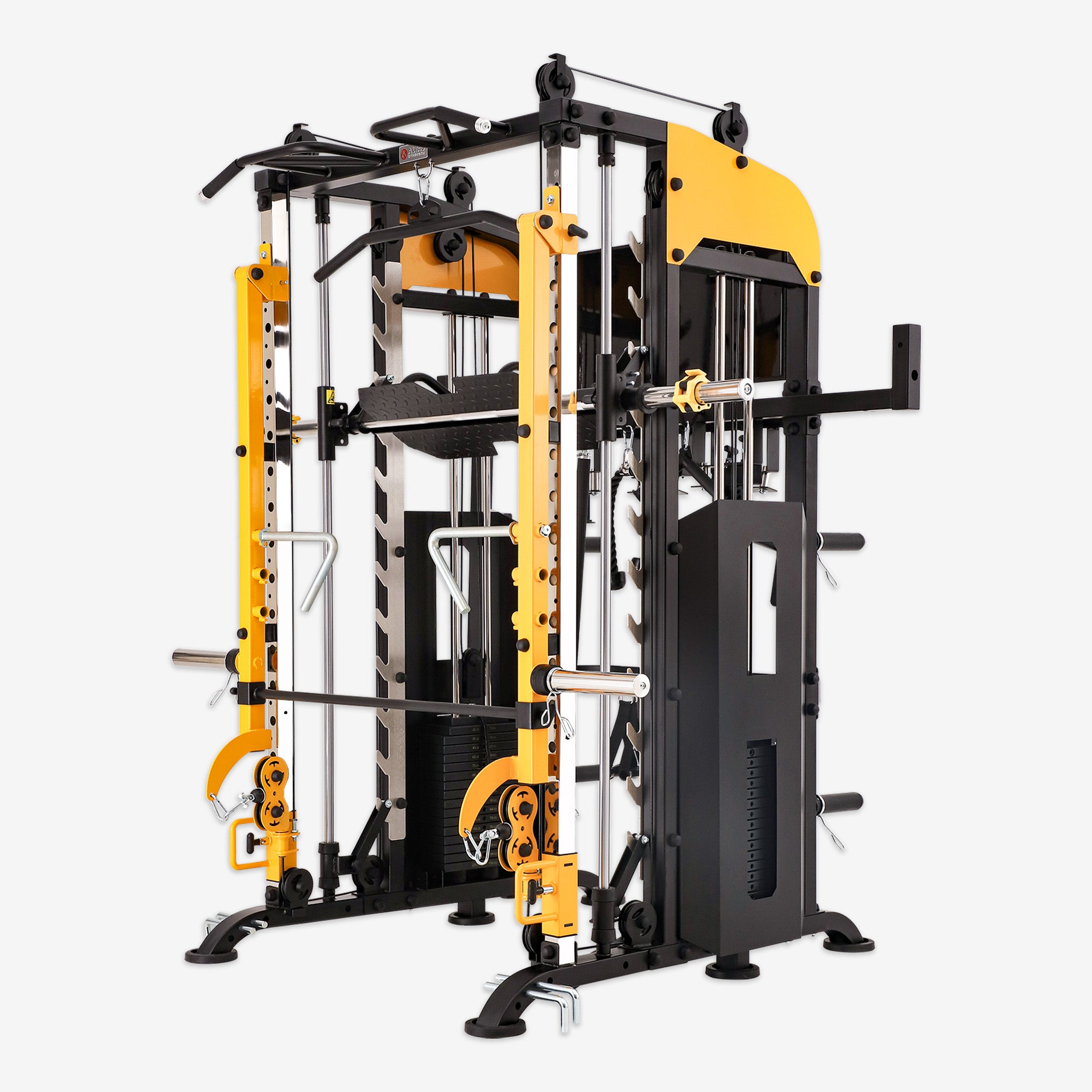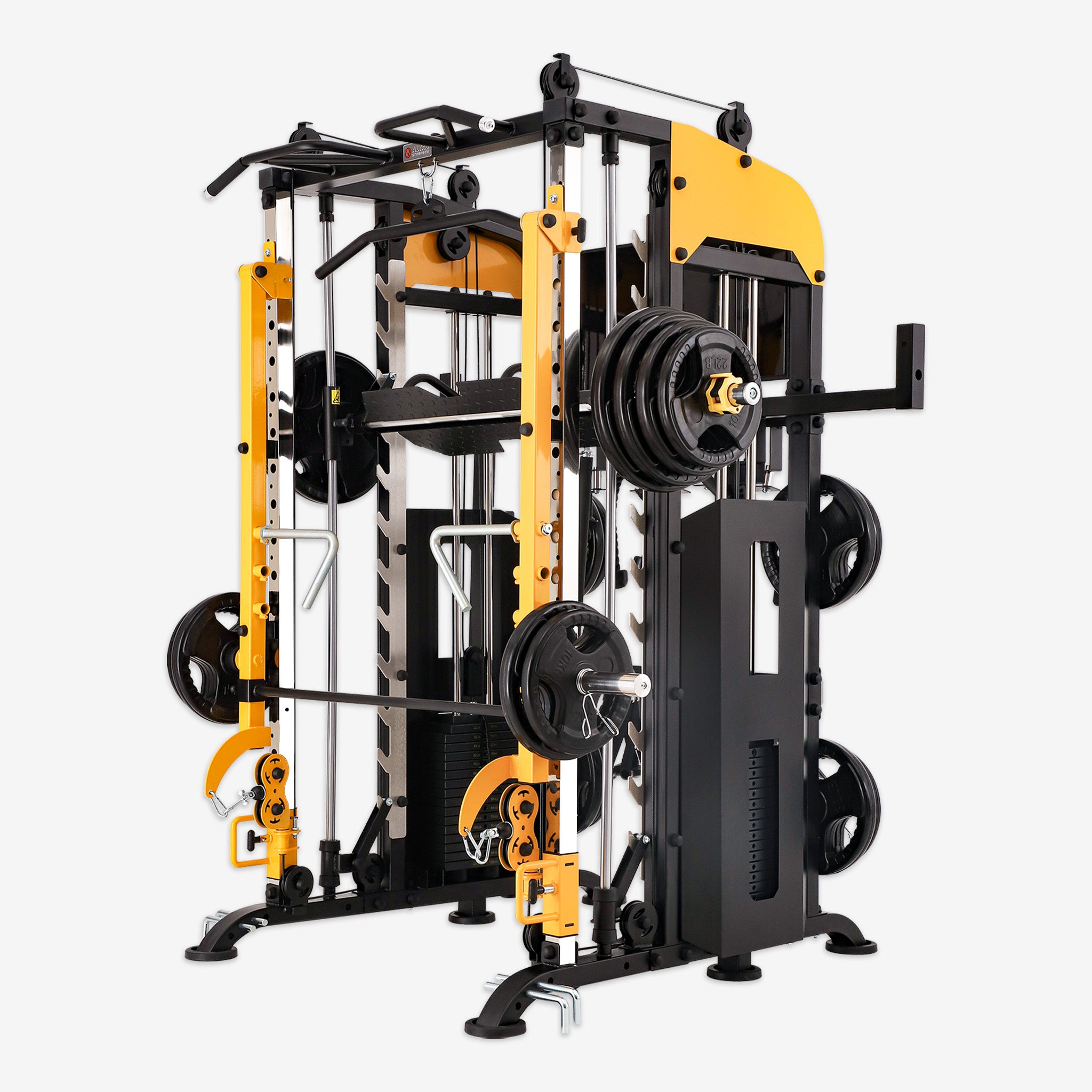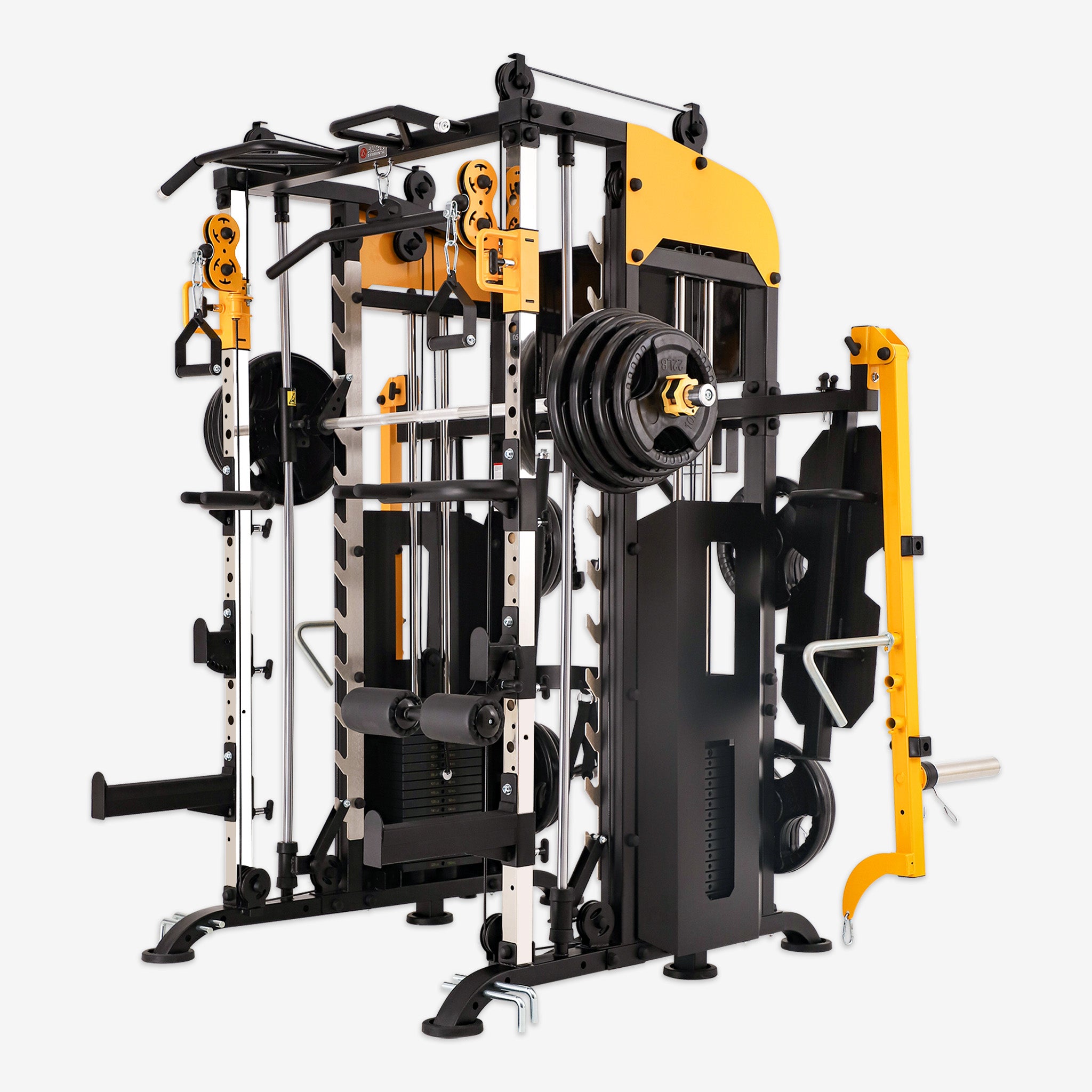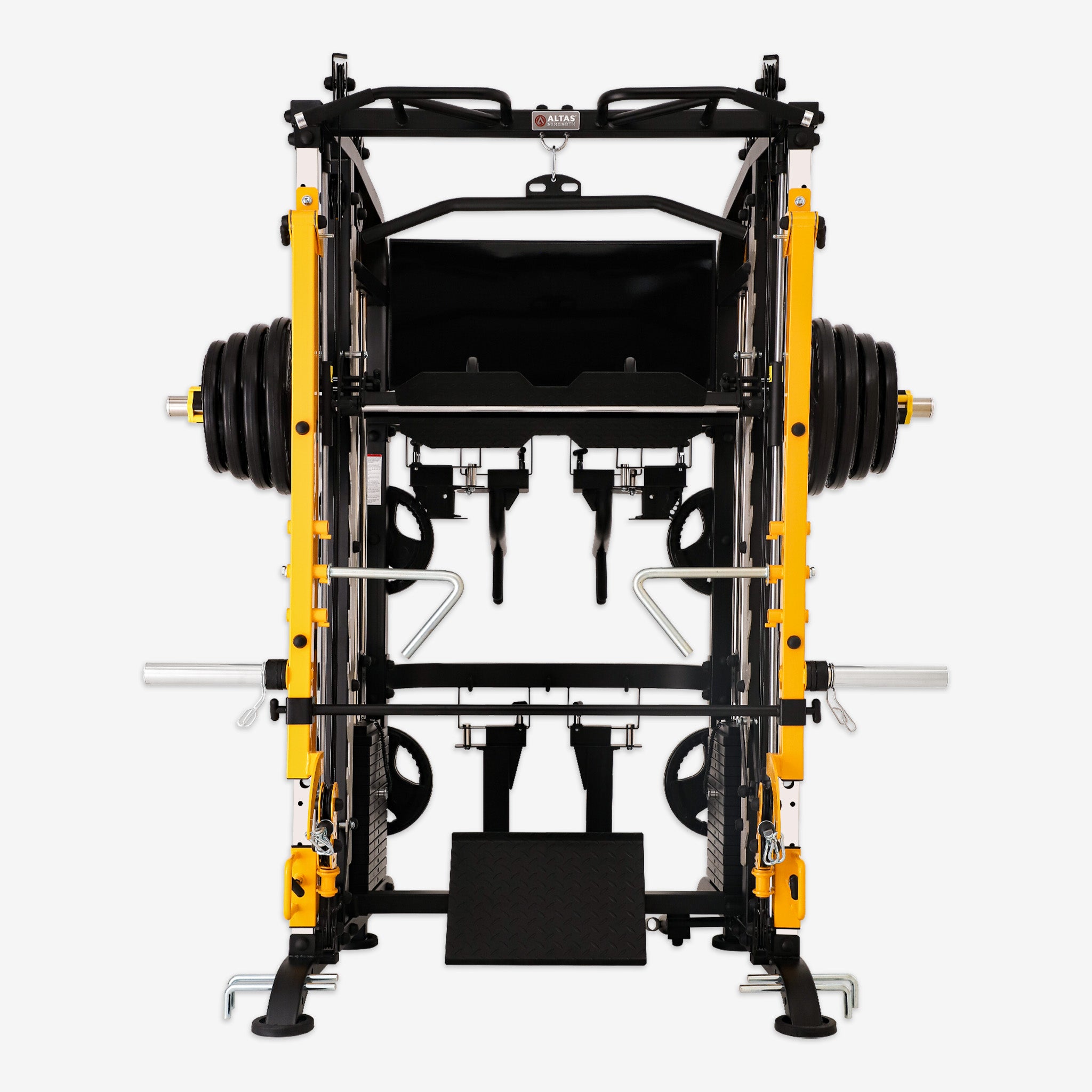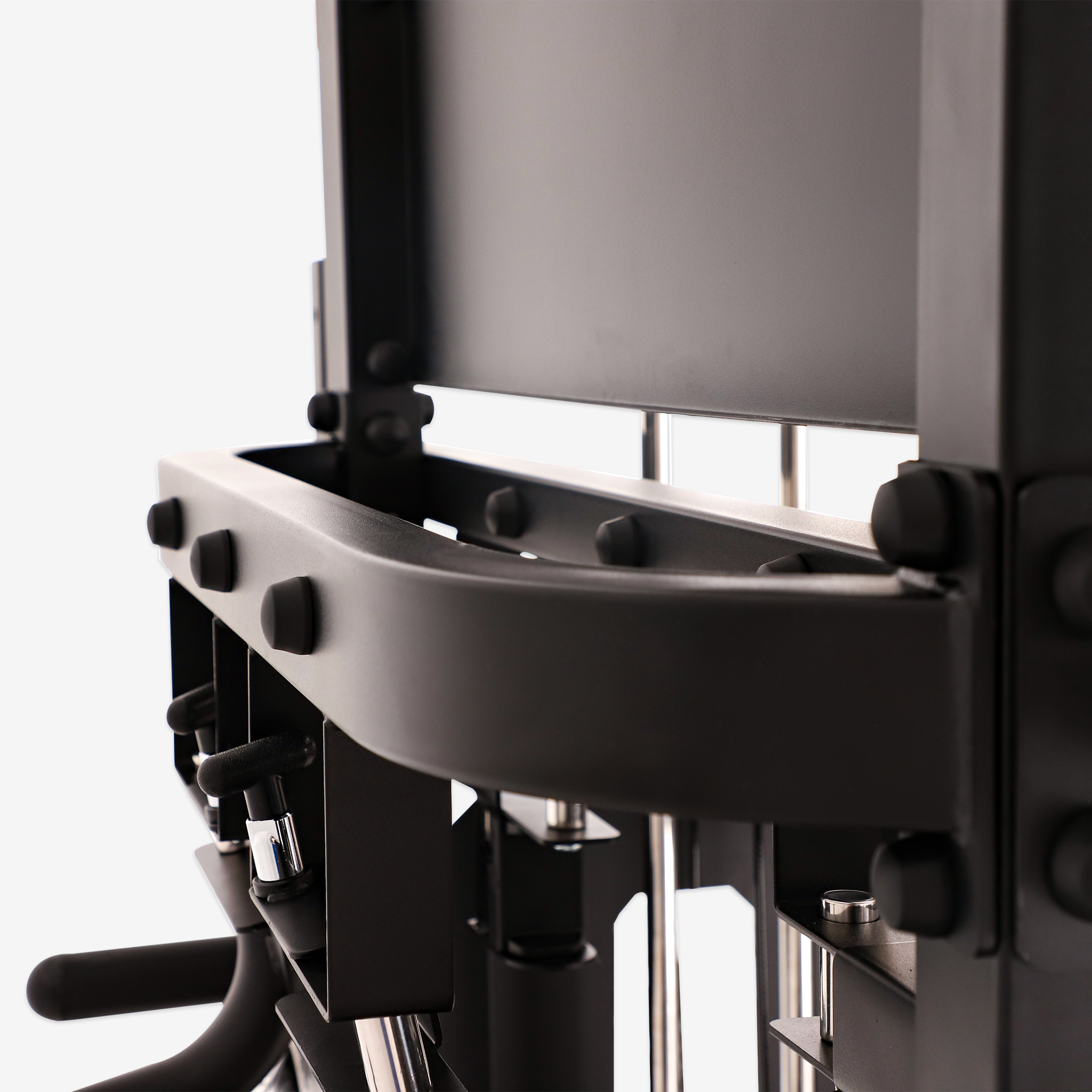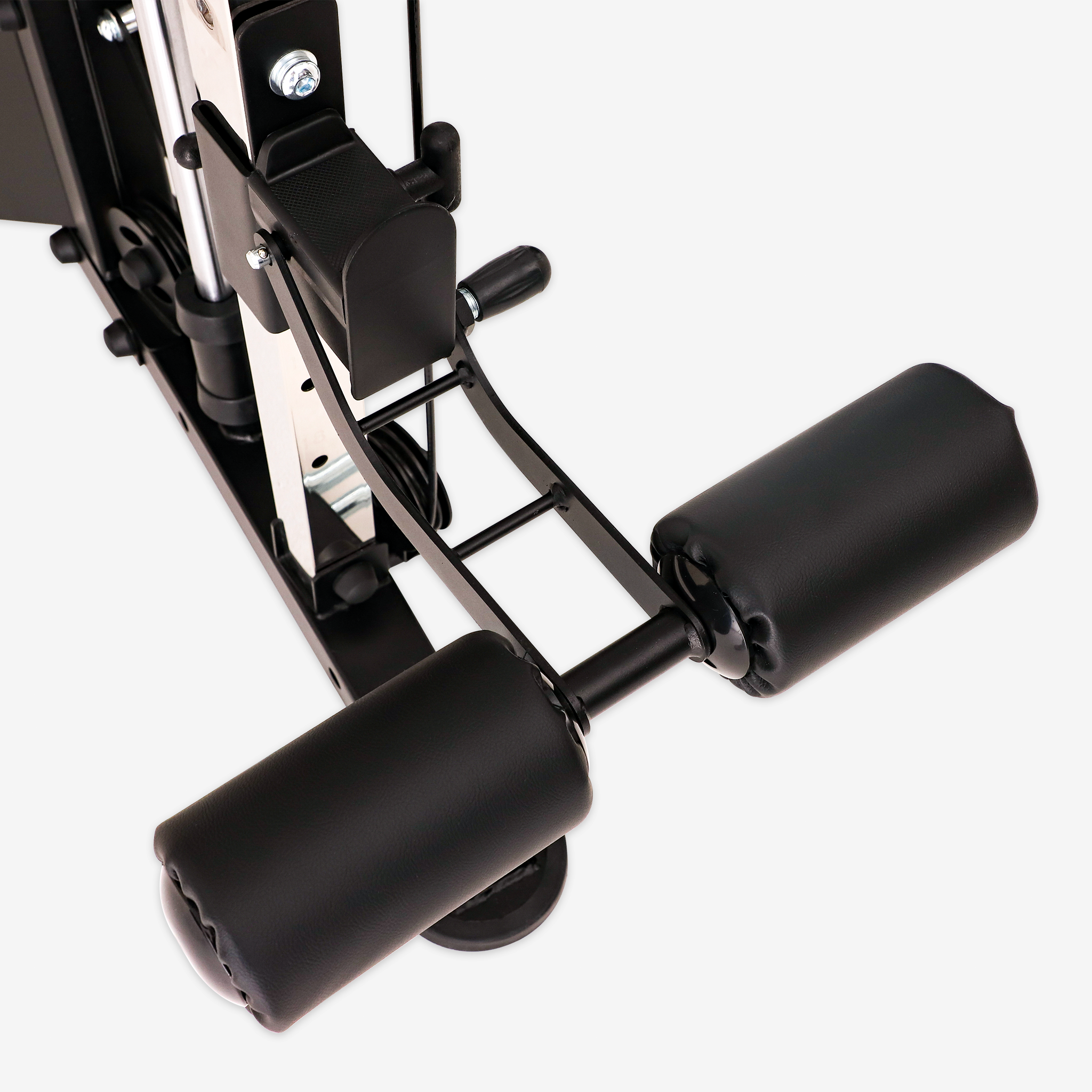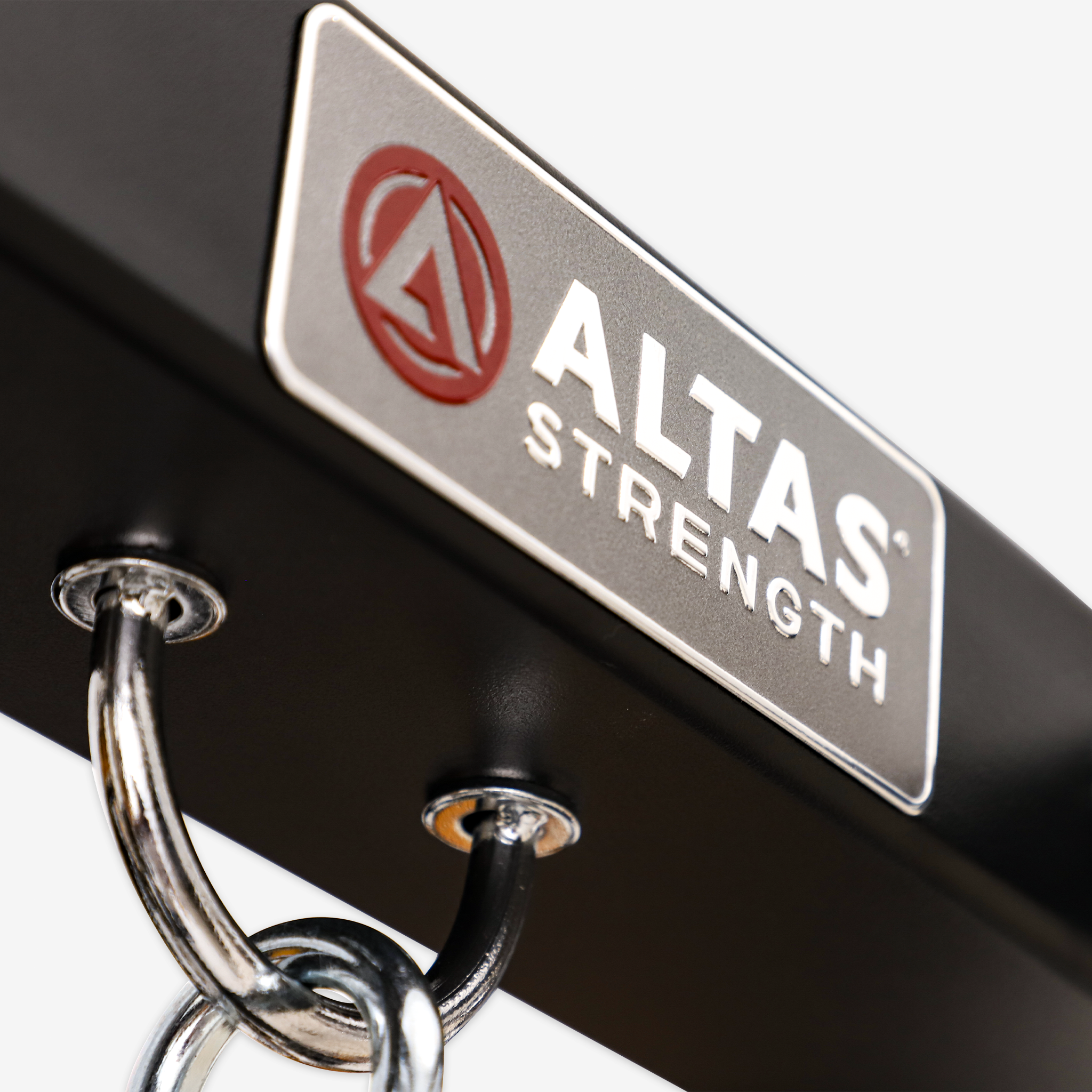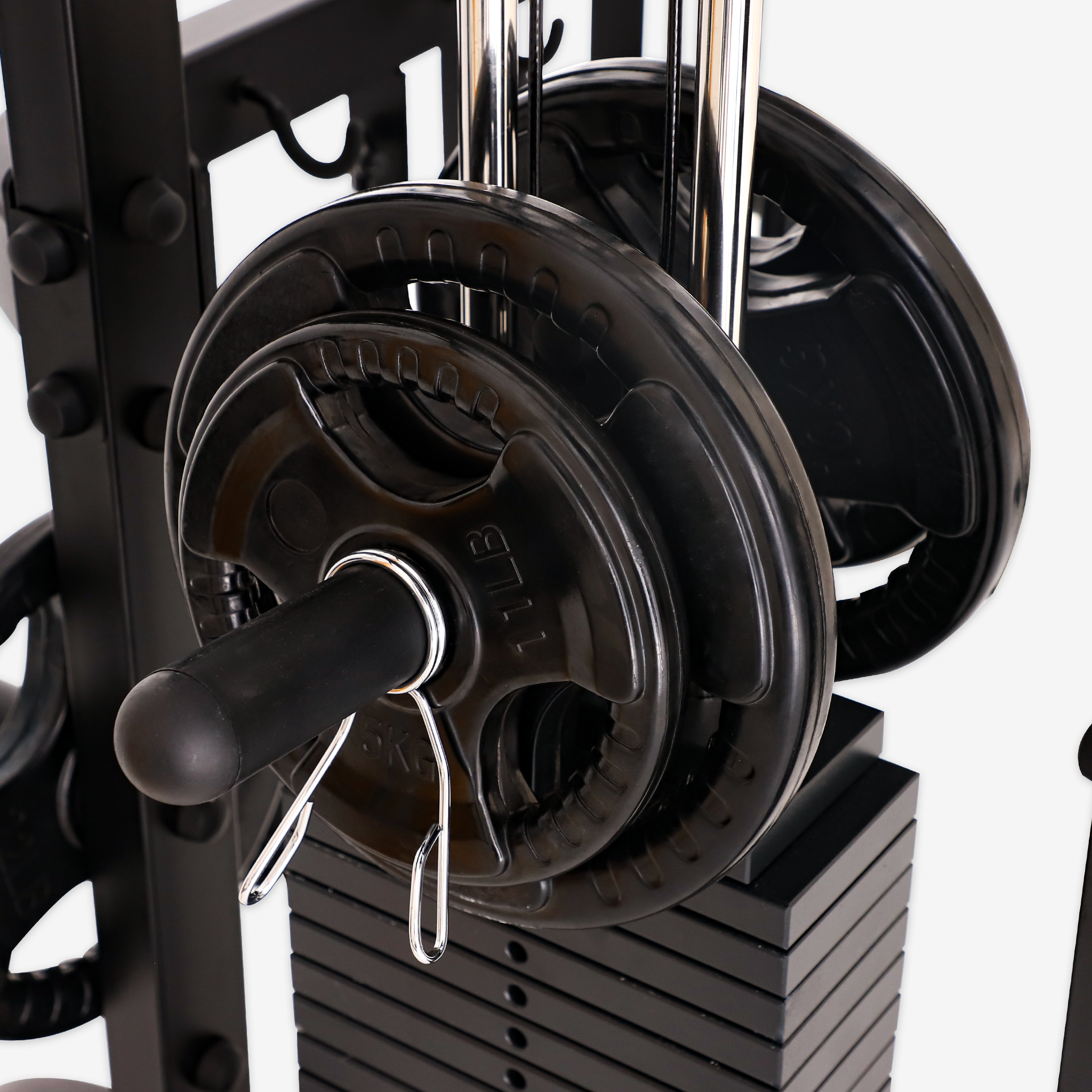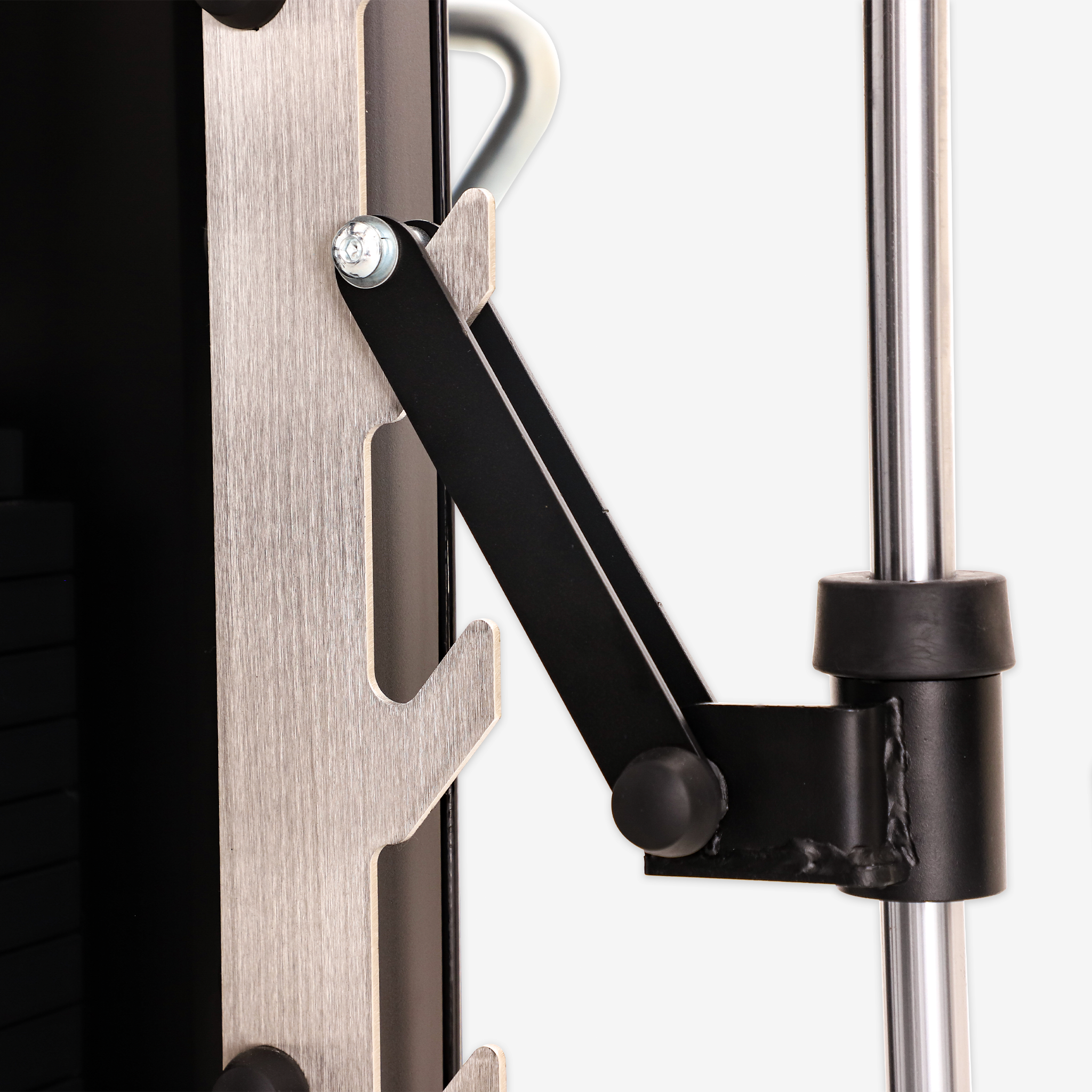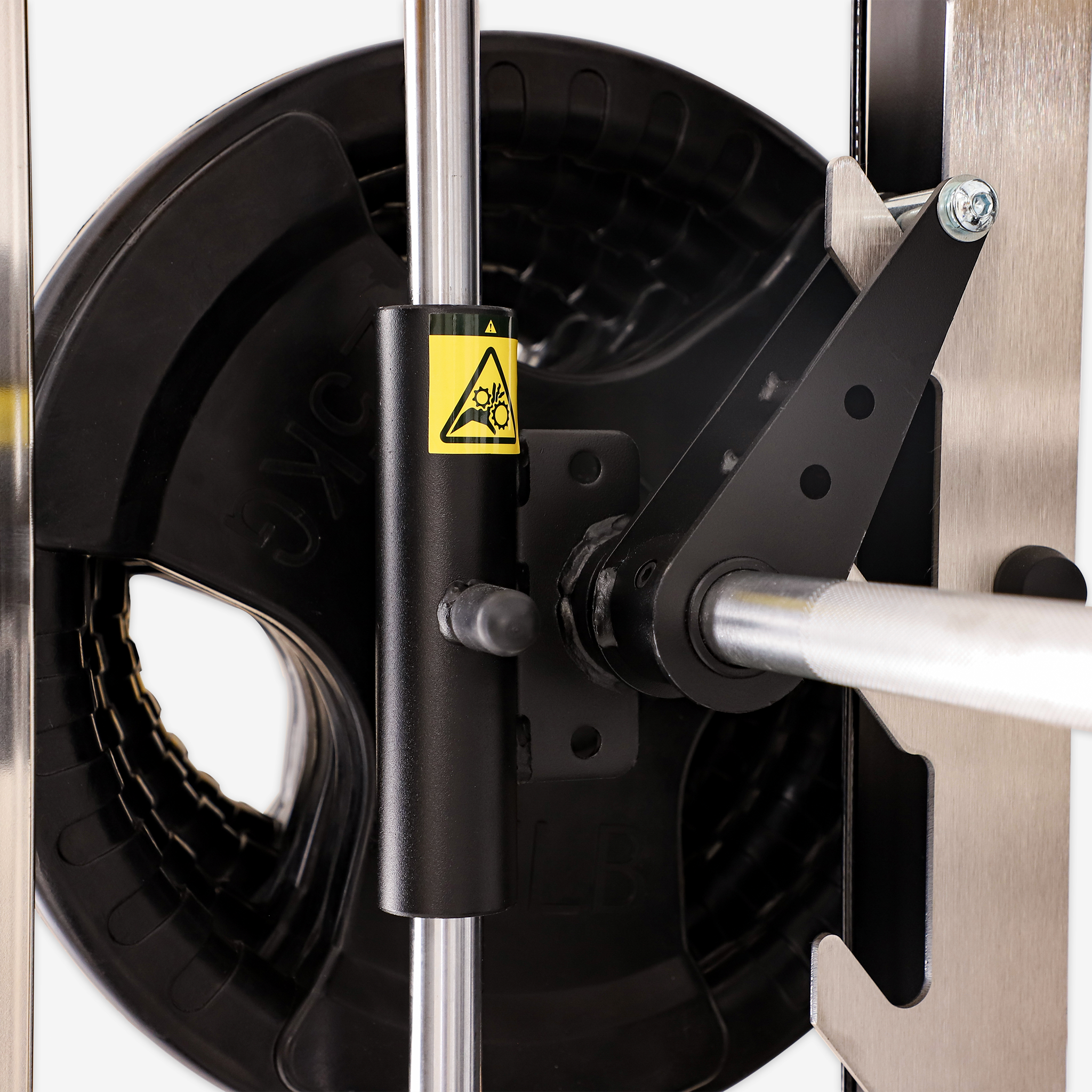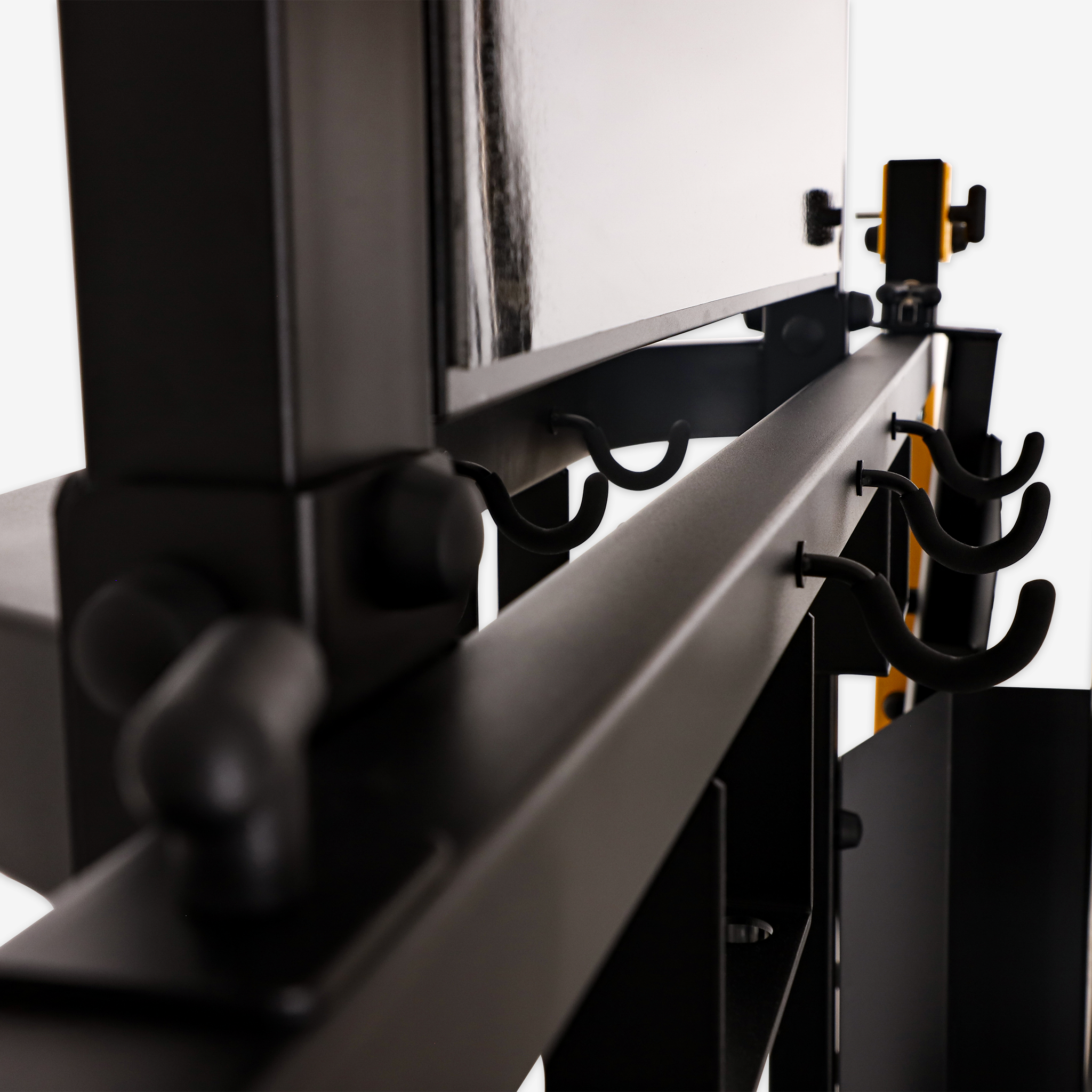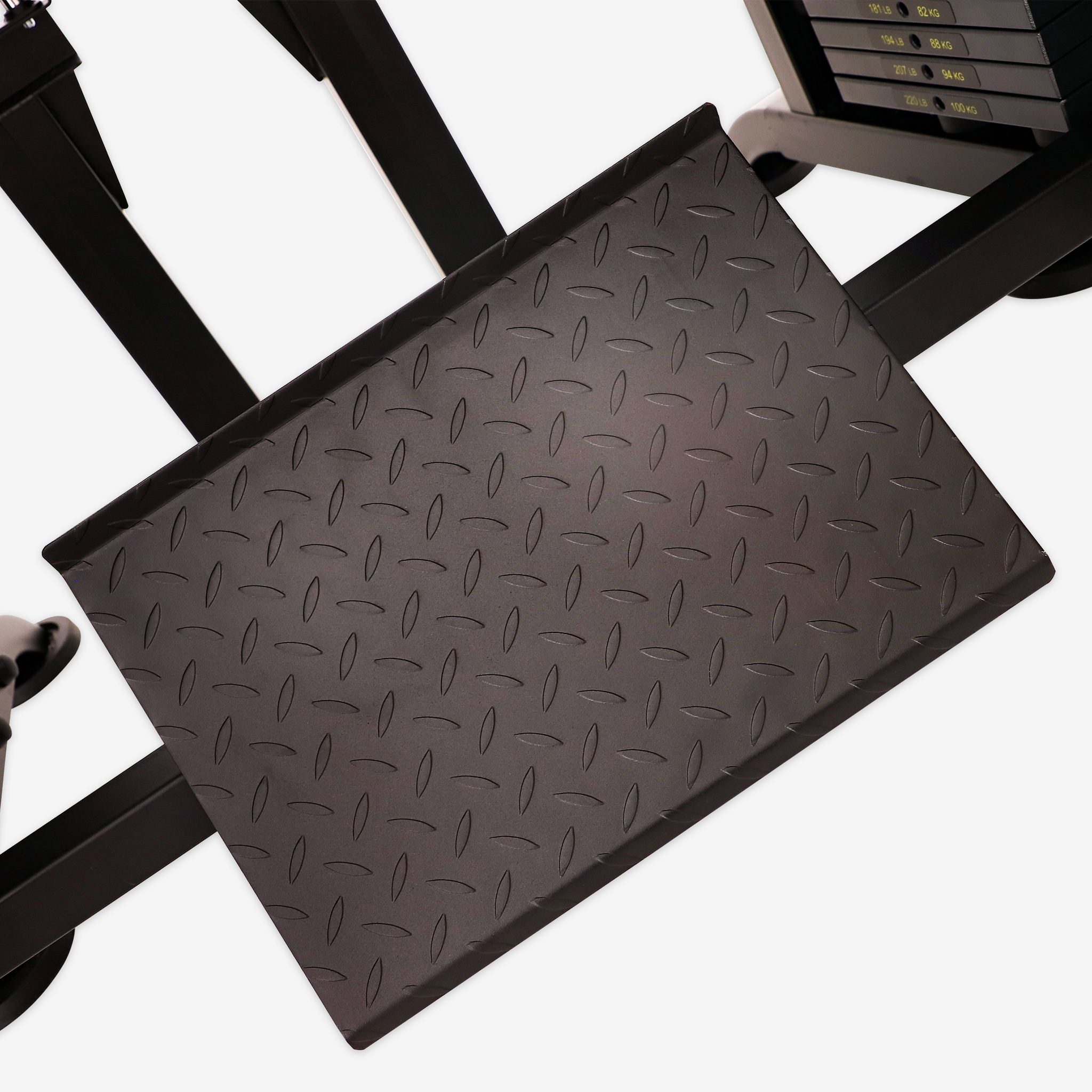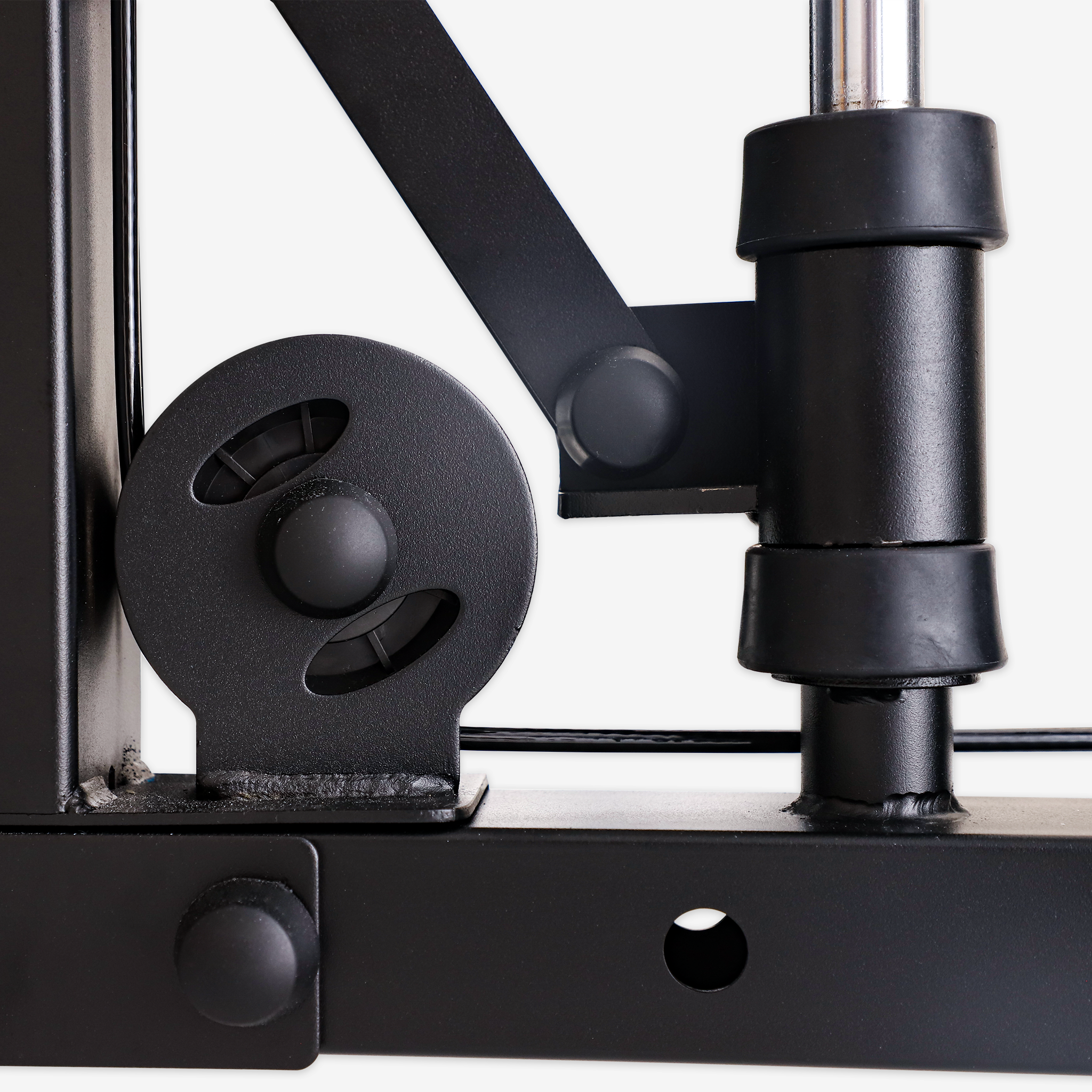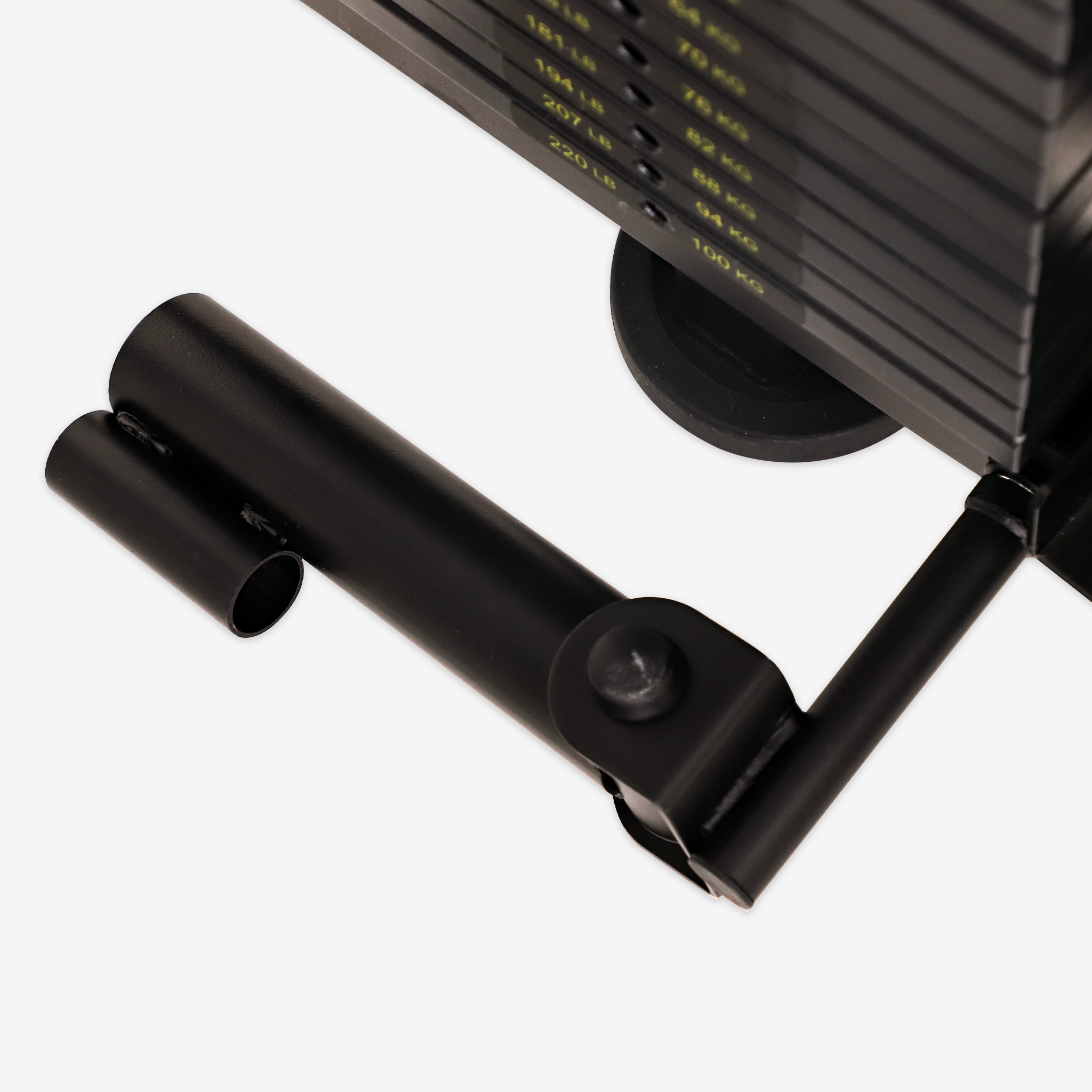
In the realm of strength training, the deadlift stands as a titan among exercises—a true test of power, technique, and resilience. Now, enter the Smith Machine, an often-debated piece of equipment in the fitness world. Can it hold its own when it comes to deadlifts? Let's delve into the mechanics, benefits, and how-tos of the Smith Machine Deadlift.
What is the Smith Machine Deadlift?
The Smith Machine Deadlift merges the classic deadlift movement with the stability and guidance of the Smith Machine. Instead of the traditional free weight setup, where a barbell moves freely in a vertical plane, the Smith Machine provides a fixed barbell on steel runners. This means the bar moves only up and down, offering a different feel and experience compared to a standard deadlift.
Benefits of the Smith Machine Deadlift:
1. Safety and Stability:
- The Smith Machine's fixed bar eliminates concerns about balance, making it ideal for beginners or those recovering from injuries.
- Reduced risk of injury due to the controlled, guided movement.
2. Isolation and Focus:
- Allows you to solely focus on the lifting aspect without worrying about bar path.
- Targets the hamstrings, glutes, lower back, and grip strength effectively.
3. Progressive Overload:
- Easy weight adjustments on the Smith Machine allow for gradual strength progression.
- Ideal for incorporating drop sets or pyramids to challenge muscle growth.
4. Convenience:
- Perfect for those working out solo, as the barbell won't roll away.
- Quick and easy setup compared to loading and unloading plates on a standard barbell.
How to Perform the Smith Machine Deadlift:
Step 1: Setup
- Position the Smith Machine barbell to mid-shin level or slightly below.
- Stand with your mid-foot under the bar, feet shoulder-width apart.
- Grip the bar just outside your legs, either with a double overhand grip or mixed grip (one palm facing you, one facing away).
Step 2: Execution
- Brace your core, keep your chest up, and maintain a flat back.
- Inhale, then drive through your heels, extending your hips and knees simultaneously.
- Keep the bar close to your body throughout the lift.
- Stand tall, fully extending your hips at the top.
- Lower the bar back down under control, keeping it close to your body.
Step 3: Tips for Success
- Engage your lats to keep the bar close, preventing it from drifting forward.
- Focus on pushing the ground away from you rather than pulling the bar up.
- Ensure your spine remains neutral throughout the movement.
How Much Weight on the Smith Machine Bar?
- The typical weight of a Smith Machine bar is around 15-20 pounds (6.8-9 kg) without any added plates.
- Always start with a conservative weight to master your form before progressing.
Smith Machine Deadlift vs. Traditional Deadlift:
While the Smith Machine Deadlift offers its unique advantages, it does differ from the traditional deadlift in some key aspects:
- Bar Path: The Smith Machine restricts the bar to a fixed vertical path, whereas the traditional deadlift allows for a more natural, arc-like movement.
- Stability: The Smith Machine provides stability, which can be beneficial for beginners or rehabilitation. However, it also removes the need for stabilizing muscles that the free weight deadlift demands.
Conclusion:
The Smith Machine Deadlift is a valuable variation of the classic deadlift, offering safety, stability, and focus on the target muscles. It can be an excellent addition to your routine, whether you're a novice lifter, recovering from an injury, or simply seeking a change of pace.
Remember, like any exercise, proper form is paramount. Master the technique, progressively overload the weight, and reap the rewards of this powerful compound movement. Whether you're at a commercial gym or investing in a home setup like the Atlas Strength Home Gym Smith Machine, the Smith Machine Deadlift deserves a spot in your strength training arsenal.




